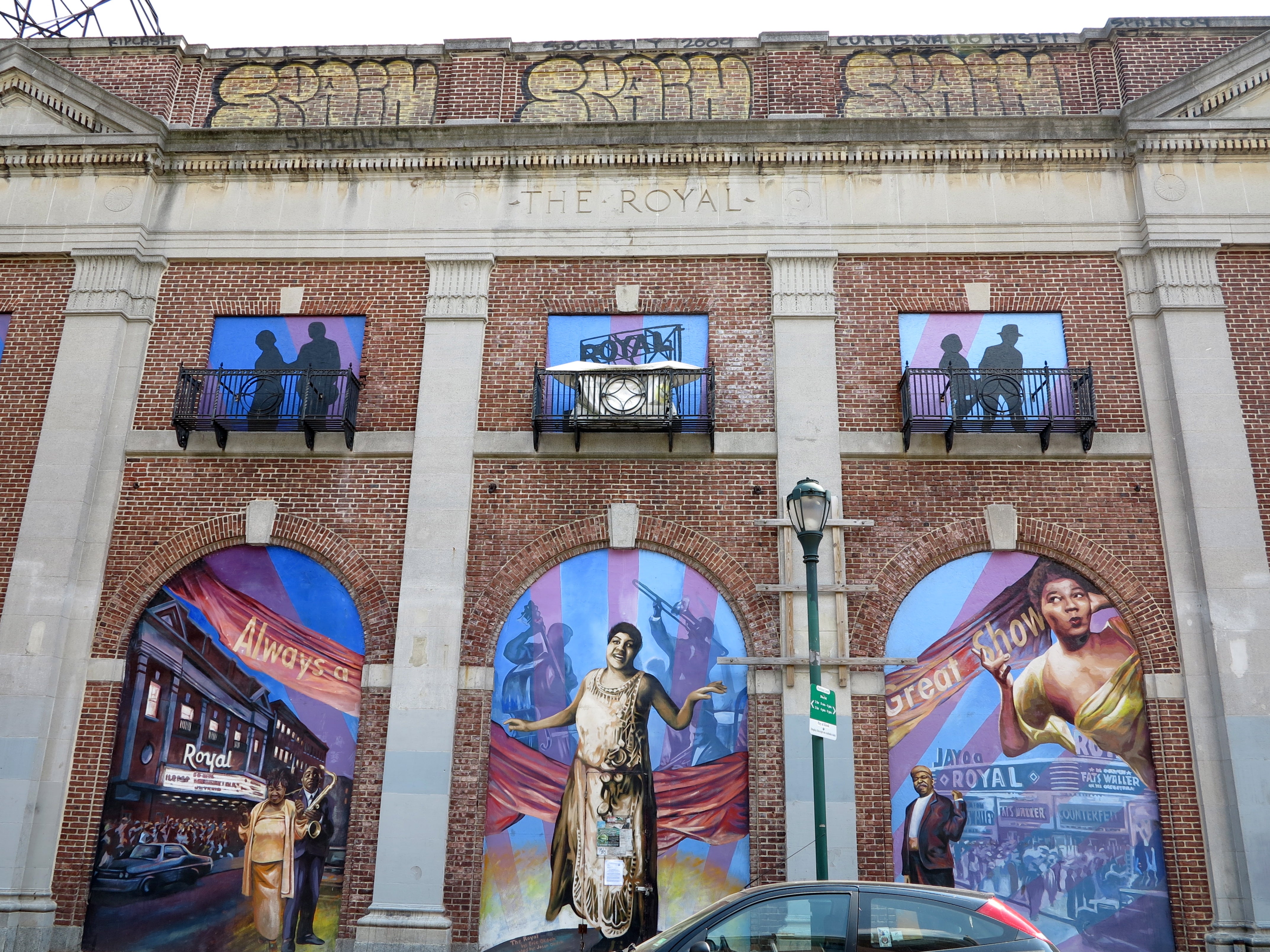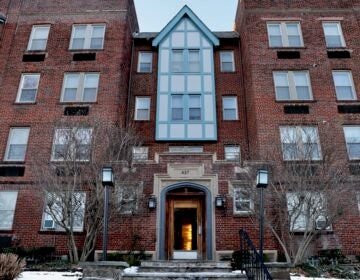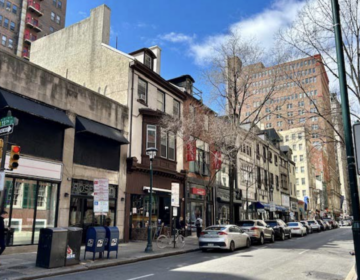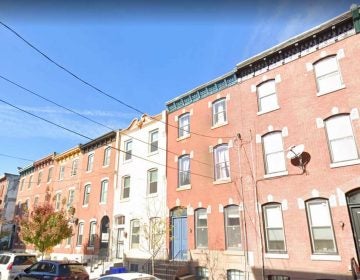Royal Theater could be replaced by new mixed-use building

The Royal Theater will no longer exist if Universal Companies has its way.
The Royal, now in its fourth decade of vacancy, was an iconic entertainment venue for black Philadelphia hosting performers of national and international renown and later showing movies to black audiences unwelcome in other theaters. Since 2000 the empty building has been owned by Universal Companies, an organization started by pop music mogul Kenny Gamble that develops housing and operates charter schools across the region.
Universal Companies representatives made a lengthy presentation to neighbors gathered at the Bainbridge Club on Monday night, about the future of the Royal and explained a series of plans they had developed – without success – to reuse the Royal Theater since 2000. While past plans consistently focused on an entertainment-oriented redevelopment, Universal Companies has shifted its approach to the Royal.
Universal is seeking clearance to demolish nearly all of the Royal Theater in order to build a new mixed-use building fronting 1520-1536 South Street (including the vacant parcels on either side of the theater). All that would remain of the original building is the façade, serving as a kind of architectural dressing on an entirely new and different building. The new development would have 30 rental apartments above 7,000 square feet of commercial space on the ground floor. Six townhouses would also be built facing Kater Street with two-car garages entered from a single shared driveway.
At Monday’s meeting Universal’s representatives recounted the various redevelopment schemes they had explored in the last decade, each trying to keep the Royal in some sort of performance use but none proved economically viable. Since purchasing the historic theater in 2000, Universal’s representatives estimated that the company has put $1 million toward plans for the property’s reuse and to stabilize the building. Despite all that money, the theater is in dire condition: the inside is gutted, tired plywood keeps the windows and doors from being open to the elements, mortar is entirely missing between sections of the brick walls, and there are trees growing through walls and the roof.
Now the clock is running on the property’s redevelopment, Universal Companies President and CEO Rahim Islam said. Universal’s sense of urgency is likely linked to two factors (1) Universal is frustrated at losing a $2.2 million Redevelopment Assistance Capital Program (RACP) grant because they could not get permission to demolish the building in time and (2) because of the Act 135 petition filed by neighbor Juan Levy to have developer Ori Feibush take conservatorship of the building. Universal intends to reapply for RACP assistance and the conservatorship proceeding remains in court.
The path ahead involves Universal presenting more detailed plans for their development to the South of South Neighborhood Association’s Architectural Review Committee for input (twice), presenting plans to a joint zoning meting of the South Street West Business Association and SOSNA, and subsequently be voted on by both of those groups. Universal acknowledges some form of zoning variance will likely be required. Plus, the state and local historical commissions will have a say.
“The only part of the theater that is historical is the façade… only the first 12 inches of brick,” Universal’s Shahied Dawan told the crowd on Monday night.
What Dawan likely meant is that those 12 inches of brick are simply what Universal has calculated it will not be able to change. Not because those bricks hold some special value that the entire building does not, but because that’s the only piece of the building that the Preservation Alliance for Greater Philadelphia holds an easement on. Universal purchased the Royal from the Preservation Alliance with that easement in place and the Alliance is not likely to permit the property’s wholesale demolition. Universal’s calculation instead assumes that it will be granted a hardship by the Philadelphia Historical Commission, which would allow the building’s partial demolition. It also assumes that the Pennsylvania Historical and Museum Commission (PHMC), which holds a restrictive covenant on the Royal’s deed, will approve of the demolition too. That restrictive covenant was tied to grant funding awarded in 2008 requires PHMC’s consent for alterations or demolition and doesn’t expire until 2023.
Universal initially filed a hardship appeal to the Philadelphia Historical Commission in April, as Patrick Kerkstra previously reported for PlanPhilly in May. The commission will soon review a revised hardship claim.
It is clear from Monday’s presentation that Universal is rehearsing their hardship case: Universal says they have explored several redevelopment schemes that involved keeping the building but none in 10 years has worked; explained that an offer to purchase the building fell through; and noted that the Royal’s poor condition predates Universal’s ownerhsip. Those are all arguments that will need to persuade the Historical Commission.
Performing a facadectomy of the Royal doesn’t preserve what was significant about this building – it’s role as an important center of black entertainment. That a company whose founder is so closely associated with the proud history of American pop music would demolish the Royal is a sad twist. But the theater’s condition has continued to deteriorate making reuse possibilities progressively more expensive and remote.
Neighbors seemed resigned to the fact that the Royal is unlikely to be reused. But many expressed hope that the Royal Theater’s history would be remembered in some way in the new development, whether that is through interpretive materials and displays or the inclusion of a smaller performance venue. While “sympathetic” to that desire, Universal’s representatives wouldn’t commit to any form of commemoration.
WHYY is your source for fact-based, in-depth journalism and information. As a nonprofit organization, we rely on financial support from readers like you. Please give today.








